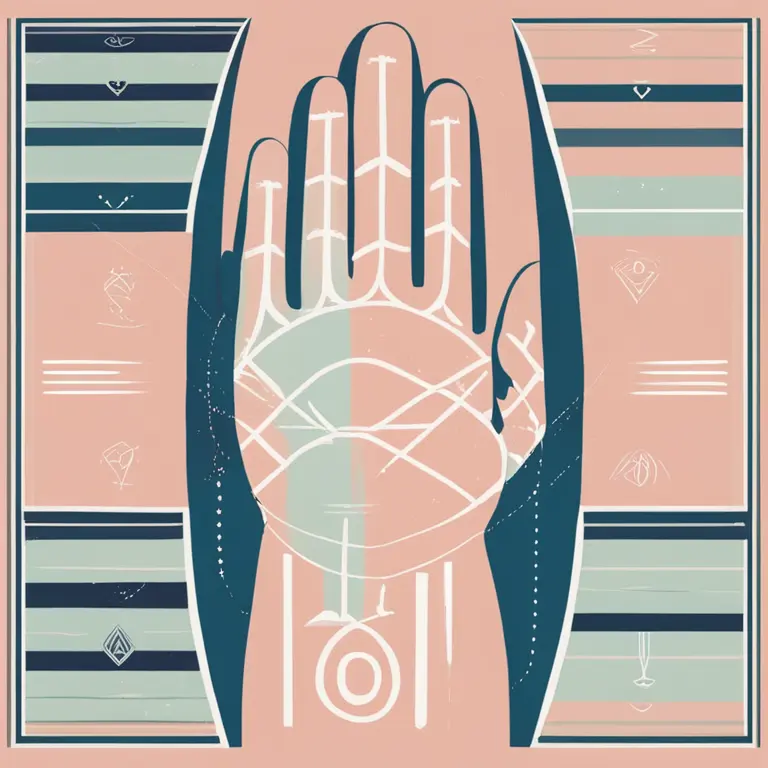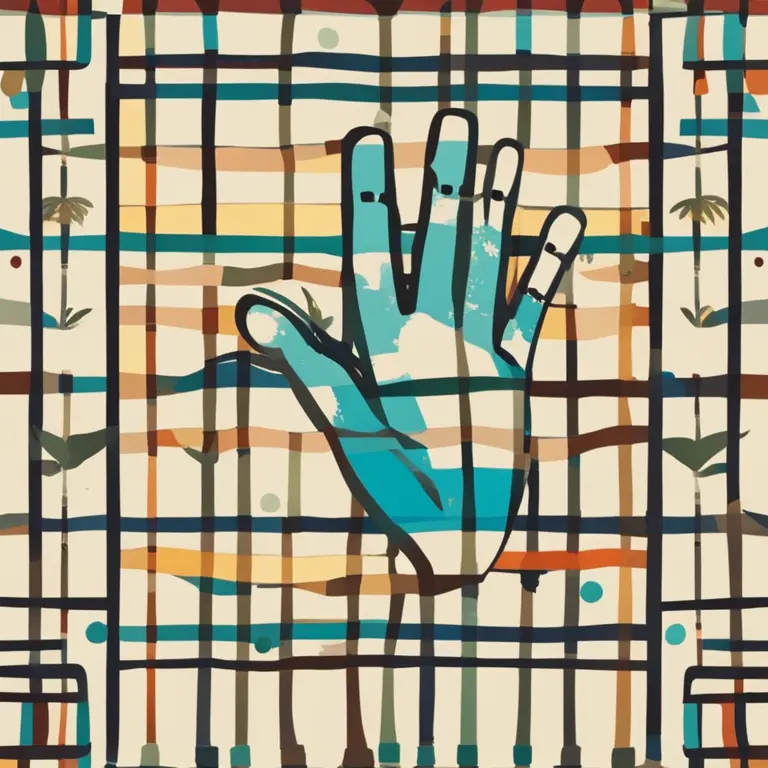
Palmistry Insights into Marital Destiny
Discover the fascinating insights palmistry can offer regarding marriage and find out how to interpret the lines that determine marital trajectories.
article by Nora Pennington
Introduction to Palmistry and Marriage
Palmistry has been used for centuries as a way to glean insights into a person's character and life path, including the realm of marriage. This age-old practice involves studying the lines on a person’s palm to predict their future and understand their traits. While the heart line often attracts the most attention in relationships, several other lines and markings can indicate marital prospects and experiences in palmistry. We'll journey through the hand's topography to interpret what marriage secrets it may hold.

The Heart Line: Indicator of Emotional Fortunes
The heart line, which runs horizontally across the upper part of the palm, is a central focus when it comes to love and marriage. A clear and deep heart line suggests a strong, reliable affectionate nature. If the heart line ends below the index finger, it indicates a contented, fulfilled emotional life. Conversely, a heart line that concludes beneath the middle finger may suggest a more selfish approach to love. Some believe even the texture and minor markings on this line can reveal further details about a person's romantic journeys.

Lines of Marriage and Relationships
Traditionally referred to as the ‘lines of marriage,' these small lines found on the edge of the palm beneath the pinky can signify potential marriages. The number of lines can reflect multiple significant relationships, with deeper lines often interpreted as strong bonds. Variations in these lines, such as forks or chains, might reveal more about the nature and outcomes of these relationships. As with all aspects of palmistry, the interpretations can vary and are influenced by the hand's overall landscape.

The Influence of the Venus Mount
The Venus mount, located at the base of the thumb, conveys a person’s capacity for love and affection. A well-developed Venus mount often implies a warm, loving personality, which can favor long-lasting relationships. On the other hand, if the Venus mount is flat or low, it might suggest less emphasis on sensuality and possibly a more intellectual or platonic approach to love. It’s essential to interpret this mount in conjunction with other marital indicators for an overall prediction.
Fate Line Cross-References
The fate line, which runs vertically in the center of the palm, intersects with many aspects of a person’s life. This includes love and marriage, particularly where it crosses the heart line. A star marking at this intersection might suggest a significant event, possibly a marriage. A clear and uninterrupted fate line running through the palm can indicate a life path with stability, which may also pertain to a stable marital future.
Additional Marriage Markings
Palmists also observe other markings like crosses, stars, or islands on different lines to augur marriage-related insights. For example, an island on the marriage line might signify a break or challenge within a relationship. Meanwhile, a star on the heart line could denote impactful emotional experiences. These indicators, while subtle, contribute to a more nuanced evaluation of the individual’s prospects for marriage.
Concluding Thoughts on Palmistry and Marriage
It’s paramount to remember that palmistry offers possibilities rather than certainties. While it can provide intriguing perspectives on marital potential, individual experiences will always vary. The study of palmistry encourages a reflective view of one's personality and life choices, which ultimately shapes one's destiny. Professional palm readers advocate for using these insights as a guide rather than a definitive prediction of marital outcomes.
Published: 1/11/2024
Modified: 1/12/2024
More predictions
Come back here soon to learn more about yourself and your future


Can Palmistry Foresee One’s Demise?
Delve into the contentious debate about whether palmistry can predict the end of life and the ethical considerations of such a claim.


The Essence of Palmistry: Interpreting Lines and Shapes
Delve into the world of palmistry to discover the meanings behind the lines and shapes etched into the palms of your hands.


Palmistry: The Historical Overview
Delve into the dawn of palmistry and trace its journey through the corridors of time, uncovering the roots of this ancient practice.